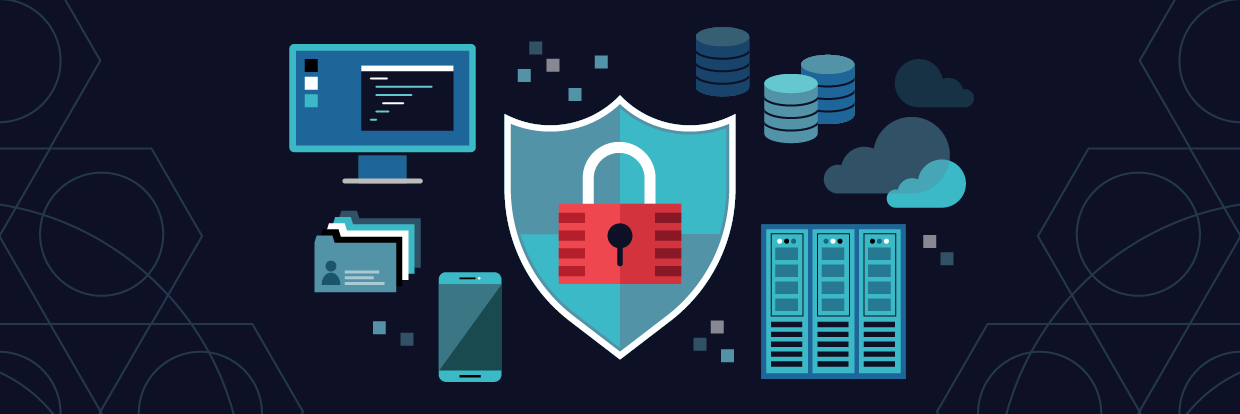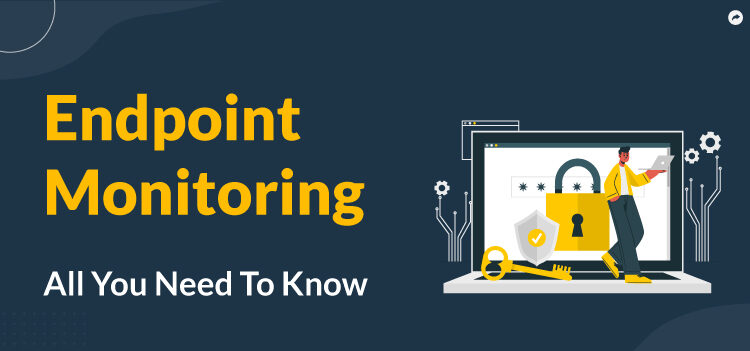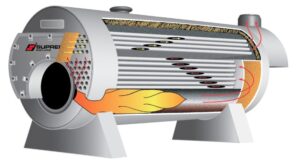The Importance of Endpoint Monitoring in Ensuring Network Security
Today’s IT environment comprises many different endpoint devices that can be difficult to track. Endpoint monitoring enables businesses and IT teams to follow all of these devices in one place, which helps in many ways, including improving cyber hygiene and avoiding costly outages.
It also helps prevent costly data breaches caused by security vulnerabilities and bad habits like not updating systems. Read on to find out more about the importance of endpoint monitoring and how it can help.
Importance of Endpoint Monitoring in Ensuring Network Security

Detect Malware
Malware is a malicious software program that infiltrates, damages or corrupts a computer system without the owner’s consent. Cybercriminals use it to steal sensitive information, disrupt operations, and make financial gains. Malware threats are often undetected and can remain on an endpoint device for months until detected. This can lead to devastating consequences, such as a security breach that exposes confidential data to the public and costs your company millions of dollars to recover.
Endpoint monitoring solutions offer detection capabilities based on pattern matching and heuristics to identify and block potential malware threats before they can penetrate your network. They also offer real-time threat detection and immediate automated responses to contain any malicious activity as it happens.
As the world has adapted to remote work and embraced it on an unprecedented scale, the devices employees use to access company networks have become some of the most vulnerable points in your network. These endpoints include laptops, desktop computers, smartphones, and other mobile devices. Many of these devices can easily be compromised if they’re not kept up to date with the latest patches and updates. Endpoint monitoring tools can help you keep track of the status of these devices, which can be helpful for asset management. This way, you can ensure that each employee’s device is secure and up to date.
Detect Security Vulnerabilities
Despite having advanced antivirus software and firewalls, some endpoints remain vulnerable to cyberattacks. This is because they have numerous vulnerabilities that hackers can exploit to gain access to your network. Endpoint monitoring can help you detect these weaknesses by collecting and analyzing data from your endpoint devices. The resulting insights can be used to identify and mitigate risks that could compromise your business.
For example, a vulnerability in your web server can be used by hackers to gain remote access to your systems and steal sensitive information. If you can identify these vulnerabilities, you can patch them quickly and keep your servers secure. By addressing security vulnerabilities, you can prevent hacking attacks and save on the costs of recovering from cyberattacks.
Another way to use endpoint monitoring is to learn from cyberattacks by capturing and analyzing their actions. For example, some can capture events such as driver loading, registry modification, disk access, memory access, and network connections to provide complete visibility into an attacker’s activities, enabling you to spot any suspicious activity hidden behind multiple layers of defenses.
With the COVID-19 pandemic, businesses have embraced remote work on a vast scale. This has created a new set of challenges in cybersecurity because employees’ devices can quickly introduce security vulnerabilities into the corporate framework. Moreover, the BYOD trend makes it difficult to control all endpoints within a network and creates an insecure environment with many open ports. This is why you need to deploy endpoint monitoring.
Detect Intruders
The most effective approach to network security involves a multilayered strategy. This ensures that threats are detected and dealt with at multiple stages, reducing the likelihood of a data breach or other costly business disruptions. In addition, a layered security model allows for adding new layers of protection as needed. This helps to ensure that the latest malware and cyberattacks are addressed while protecting against older threats.
Endpoint monitoring provides a robust set of tools for detecting intruders. By continuously analyzing all the devices on your network, it can determine what normal behavior looks like and quickly recognize any deviations. Moreover, the logging capabilities of most endpoint monitoring systems help to identify potential cyberattacks as they occur. This enables your security team to take immediate action to prevent or mitigate them.
In addition, modern malware and advanced persistent threats (APT) often use techniques that bypass signature-based detection methods used by older antivirus software. These techniques and vulnerabilities make it harder for antivirus to detect these threats, so an endpoint monitoring solution that includes behavioral analytics is essential.
Today’s workforce is increasingly distributed and mobile, making it hard to keep track of every device that connects to your internal networks. This can be a significant risk to your cybersecurity. Even a seemingly innocuous employee-owned device can present a threat to your network. Many well-known breaches have happened because of poor cyber hygiene by employees who unknowingly or unwillingly let a malicious file into the company’s systems.
Detect Potential Threats
While a cyberattack may be the last thing a business owner wants to think about, it’s a reality that many small and mid-sized businesses are vulnerable to. Most breaches happen because of a lack of security awareness or poor cyber hygiene, and endpoint monitoring helps to address these weaknesses.
When you implement effective endpoint monitoring and management, you can drastically increase the visibility of your IT environment. This allows you to establish more robust security and risk management for your organization and prevent hackers from infiltrating the network.
It also means you can detect potential threats and take corrective measures before they cause severe damage. For example, suppose a device is found to be running outdated software or a vulnerability that could expose the IT system to attack. In that case, it can be quarantined until it is updated.
This is particularly important with the growth of remote working as employees work from home or on the go. Having a robust endpoint monitoring solution in place means that you can be confident the devices your workforce uses to access work data are secure and can be protected against malware, phishing attacks, DDoS attacks, and other threats. This prevents costly downtime and loss of productivity and helps to keep your workforce productive. The key is to find an effective solution that combines threat detection features with solid business intelligence and reporting.

















